How Generative AI is Transforming Product Photography in the E-commerce Industry
In this blog post, we will explore AI in product photography, showcasing its use in diverse settings to create product images and demonstrating how brands can rapidly create product images for their advertisements, promotions, and product listings.
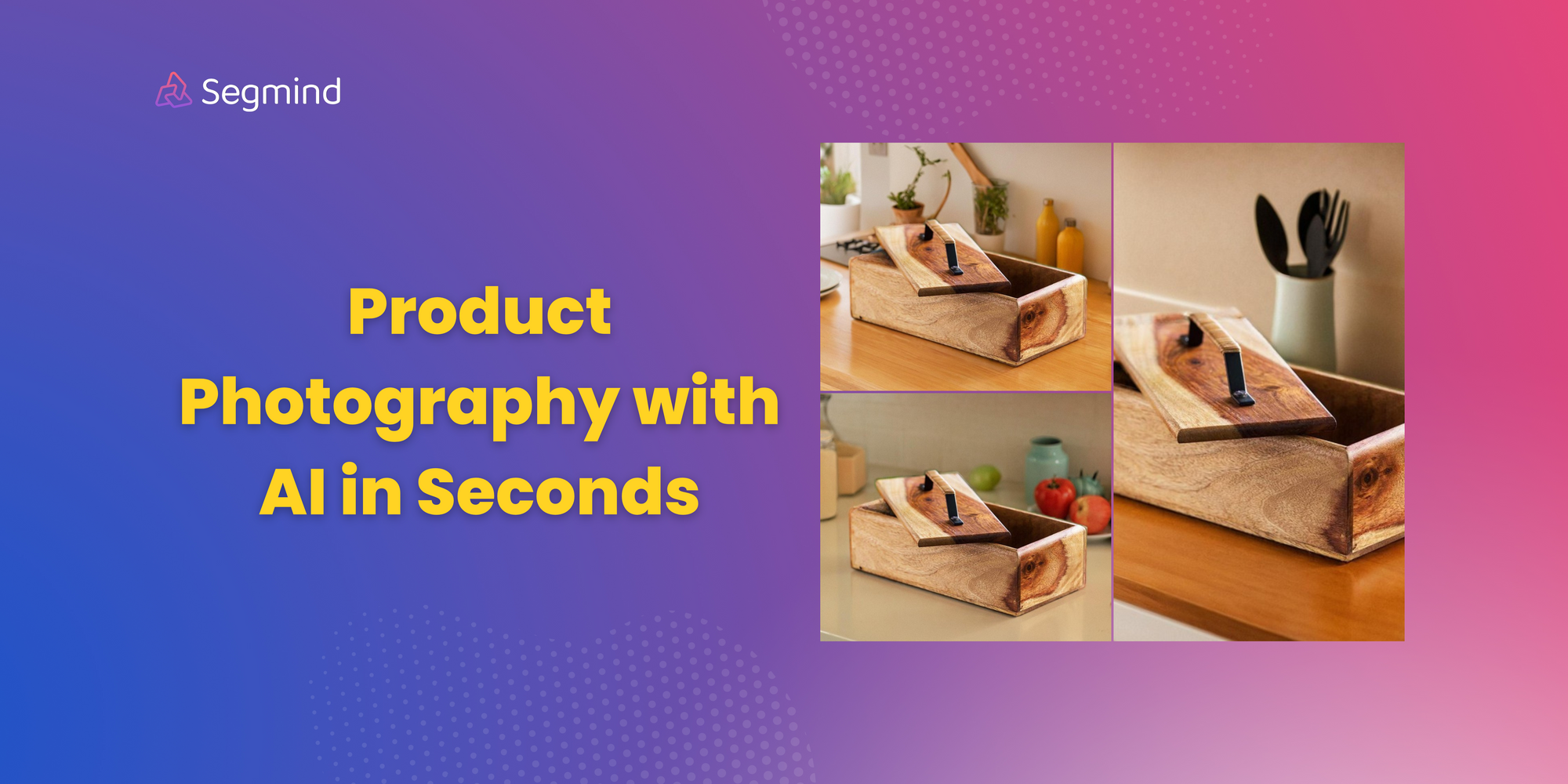
Let's talk about the real game-changer in e-commerce: the product images. We all know that top-notch product images are key to winning over customers. But getting those perfect shots? It's often a wallet-draining, clock-eating battle. Hiring pros for photoshoots and setting up multiple scenes racks up quite the bill and can take forever.
Imagine having the ability to take a single image of your product and then, like magic, generating a multitude of professional-looking images set in various environments and styles.
Using AI to generate professional-looking images of products in various settings presents multiple advantages. It's cost-effective, eliminating the need for expensive physical photoshoots. Its versatility allows for a wide range of settings and styles, adding flexibility in product presentation. This approach is scalable, ideal for handling large product inventories, and ensures consistent quality and style in images, which is vital for maintaining a brand's image.
We're going to unpack how Generative AI is redefining product photography, offering e-commerce businesses a smarter, faster, and more cost-effective way to captivate their audience. Here is a quick look at the three examples we will be covering in this blog post: generating images of a camera, storage box, and perfume bottle in various eye-catching perspectives/settings. The product images below are AI-generated, showcasing them in diverse settings and demonstrating how brands can quickly create product images for use in their advertisements, promotions and product listings.

*Disclaimer: All generated images featuring brand products used in this blog post are purely illustrative and have been created using AI technology for demonstration purposes only. Any brand names, visuals, logos, and trademarks are the property of their respective owners.
How Does AI Product Photography Work?
In AI product photography can be achieved with something called ControlNet Inpainting. The process begins with the creation of an 'inpaint mask', which plays a pivotal role in identifying and isolating the product within the image. This mask delineates the product, protecting it from any modifications, while marking everything outside it as the background, ready for alteration. Once this mask is established, ControlNet comes into action, discerning the distinction between the foreground (the product) and the background. Leveraging this insight, ControlNet then embarks on 'inpainting' – a process of reconstructing the background in a new form, ensuring the product's integrity remains intact. This method allows for a seamless transformation of the backdrop while keeping the product as the focal point, untouched and unchanged. This way AI seamlessly integrates the product into various backgrounds or settings. The result is a series of images where the product remains consistent, but the environment around it changes, offering diverse and contextually relevant visuals.
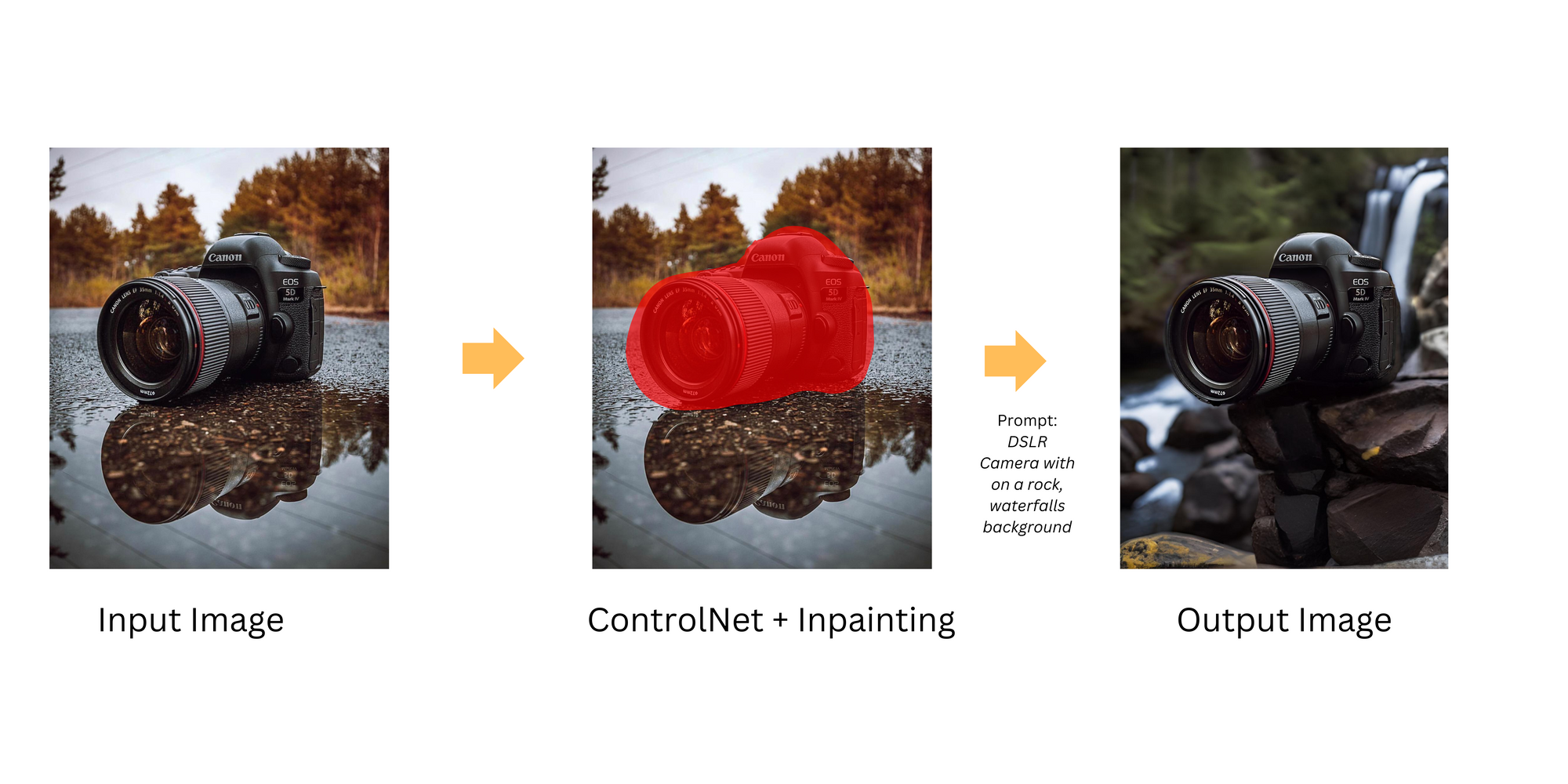
Use-case 1: Cosmetic Products
Cosmetic products, particularly for items like perfume bottles, the use of AI product photography can greatly enhance visual appeal and marketing effectiveness. Perfume bottles, known for their elegant and often intricate designs, benefit significantly from being showcased in environments that complement their aesthetics.

We can generate backgrounds that enhance the sophistication and luxury associated with perfume bottles. These backgrounds can range from minimalist settings that emphasize the bottle's design to more elaborate, themed backgrounds that evoke the scent's character, as seen in the example below.
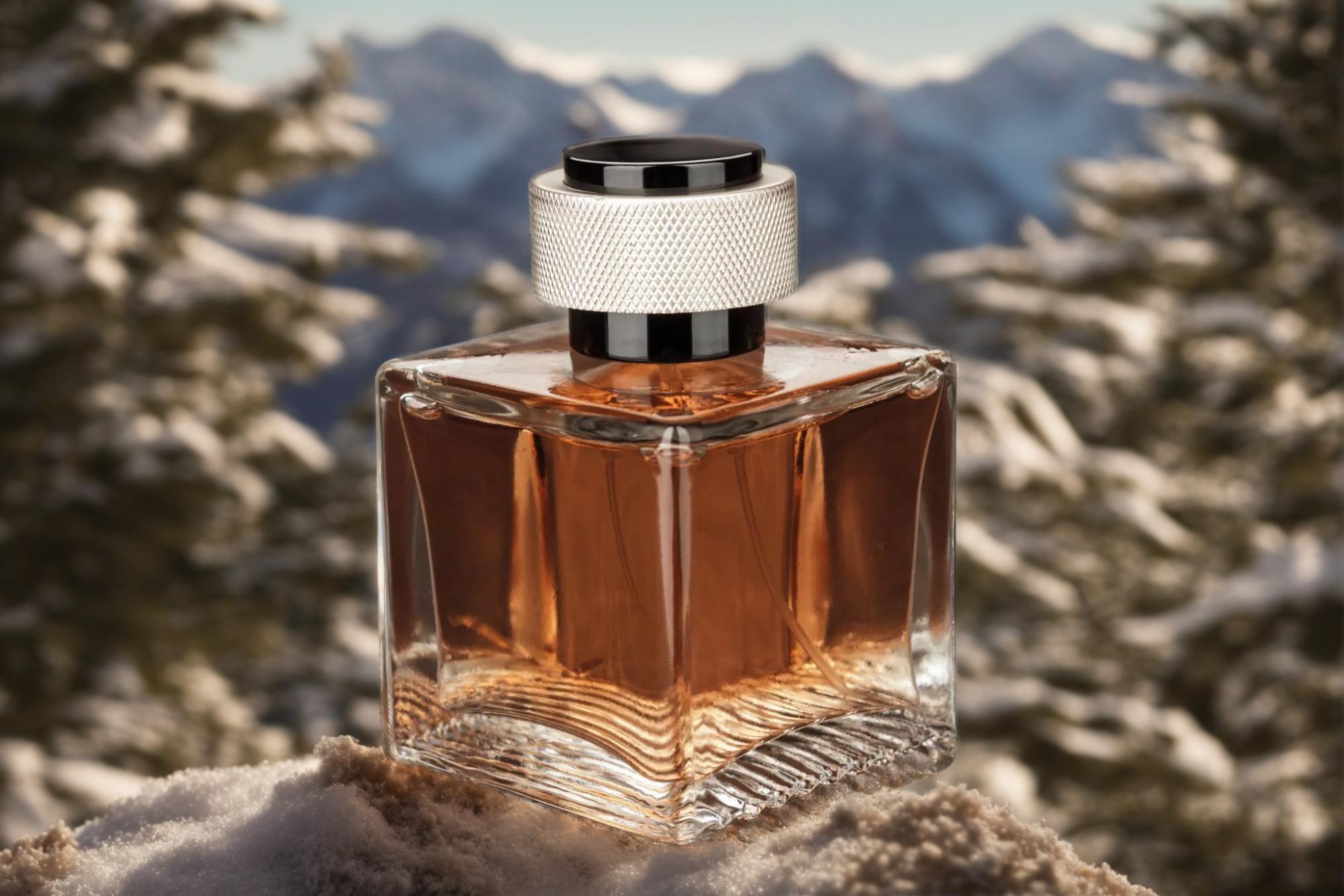


Leveraging AI-generated product images, advertising and design teams can rapidly and efficiently create compelling advertising offers.

Use-case 2: Electronic Devices
AI can create photorealistic backgrounds that complement the DSLR camera's capabilities. These backgrounds may include professional studio setups, scenic landscapes, or urban settings, effectively conveying the camera's versatility.

DSLR cameras often serve diverse purposes, from professional photography to hobbyist use. AI can place the camera in various contexts that resonate with different target audiences. Maintaining a consistent visual style across DSLR camera images is essential for building brand recognition. AI ensures that all images align with the brand's identity, creating a cohesive and professional look.
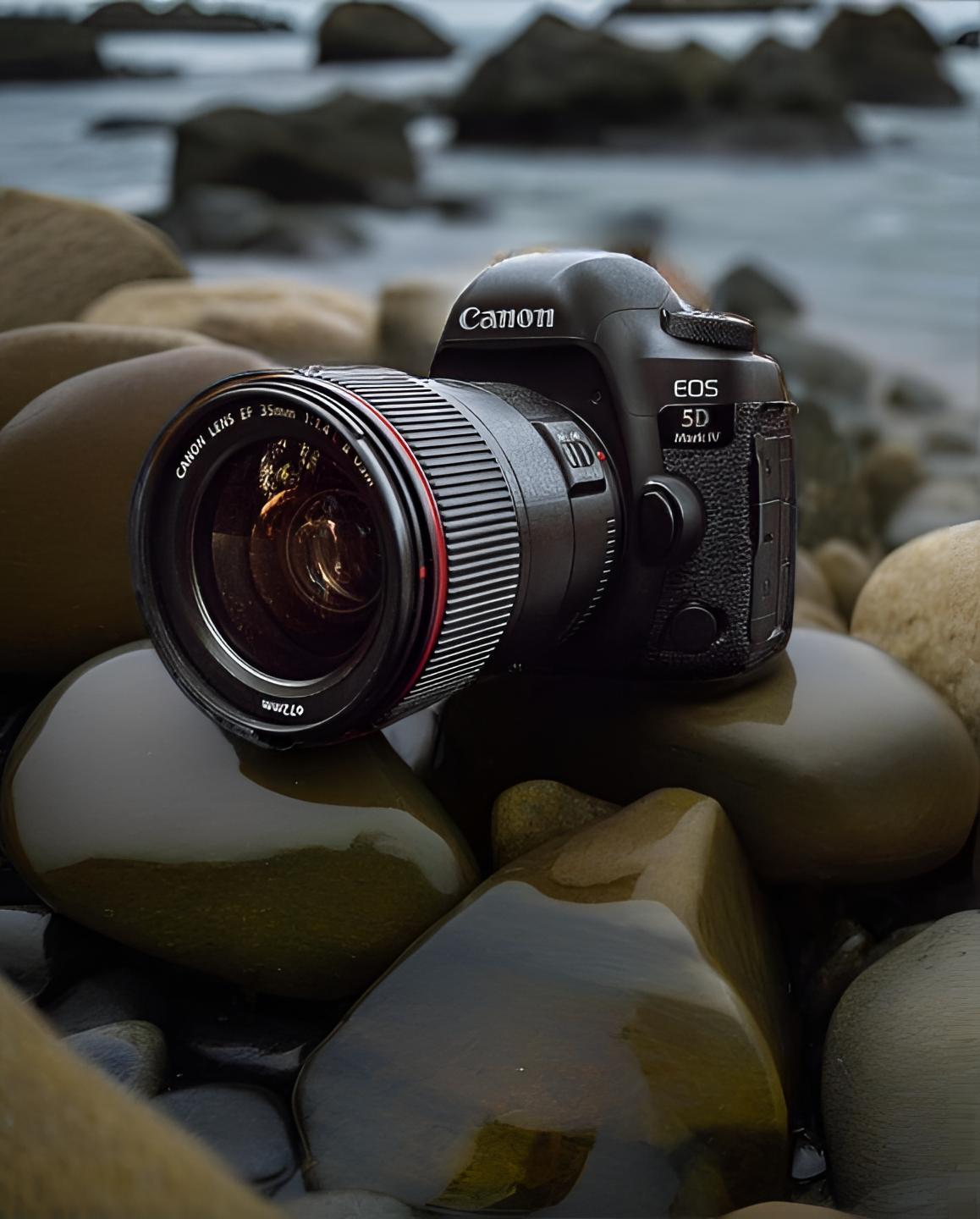
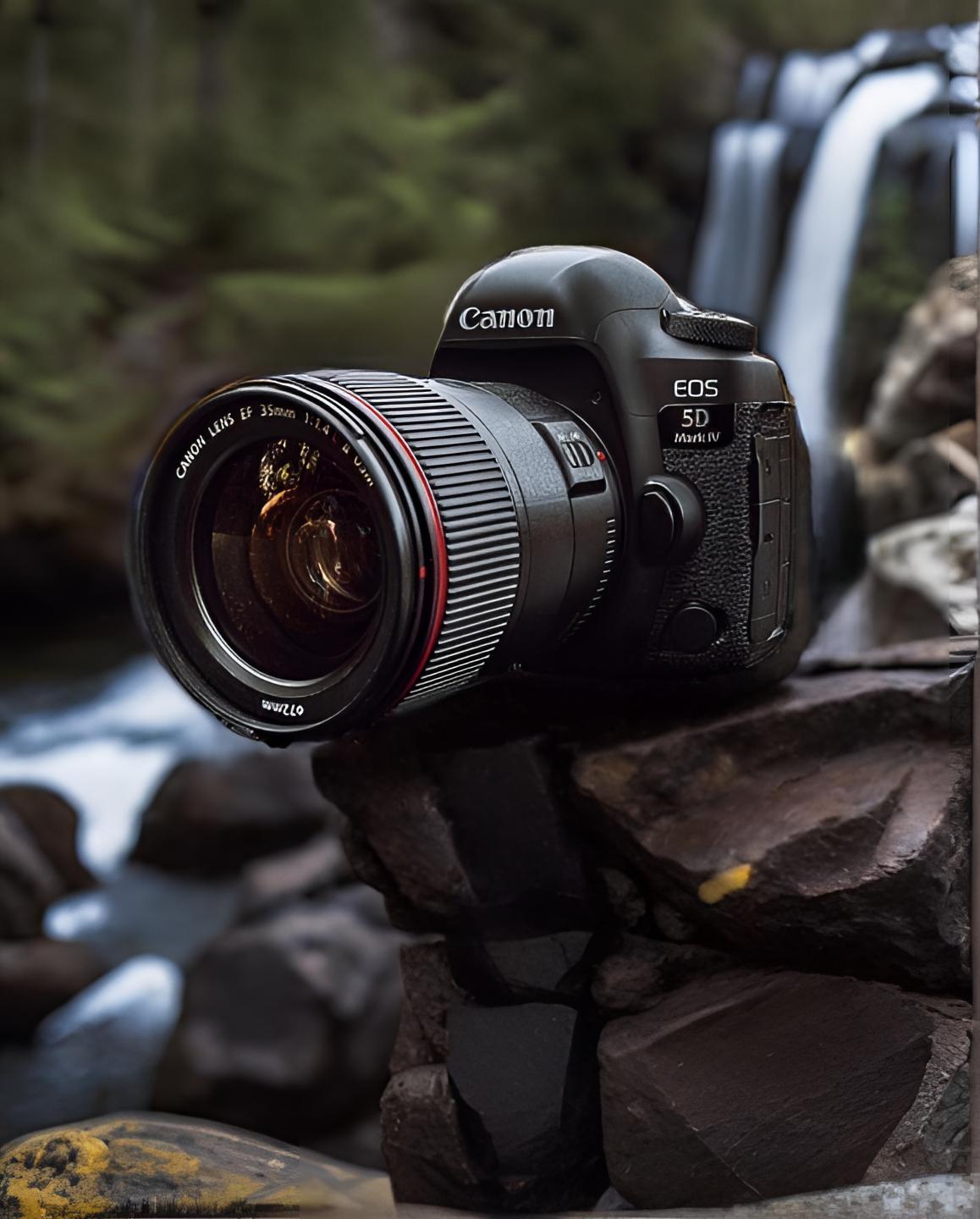

AI-generated product images of DSLR cameras can be swiftly adapted for various marketing campaigns. Whether it's a product launch, a seasonal promotion, or a special edition release, AI allows for rapid adjustments to suit the campaign's theme. Leveraging AI-generated product images, advertising and design teams can rapidly and efficiently create social media promotions, like the one below: a fictitious Instagram post made for a Canon DSLR camera.

Use-case 3: Storage Boxes
AI-generated backgrounds can portray storage boxes in various settings, highlighting their versatility. For instance, a wooden storage bin can be showcased on a dressing table, kitchen counter, and so on. These images depict storage boxes in scenarios that align with their organizational or storage needs.
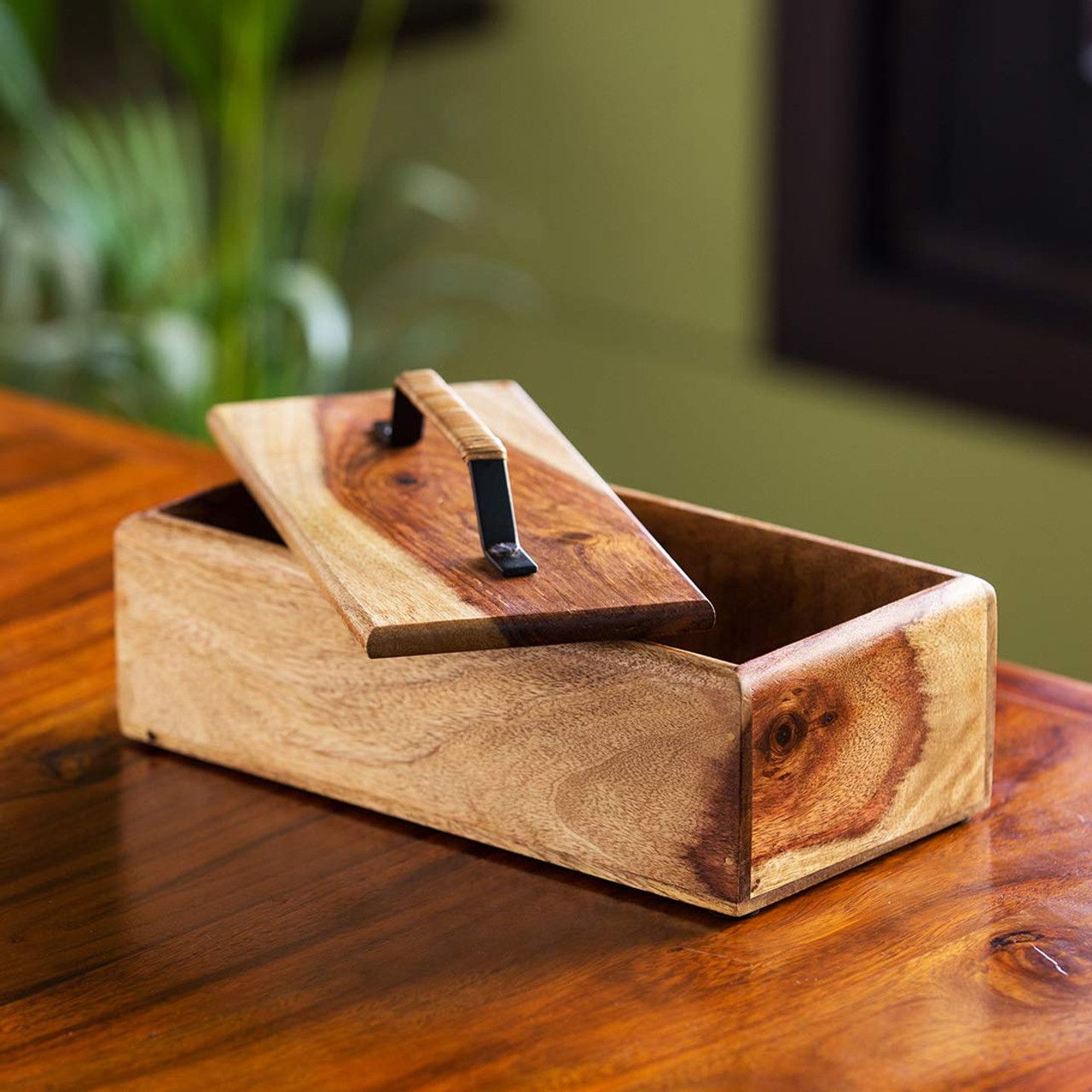
Maintaining a consistent visual style across product listings is essential for brand recognition. AI ensures that all product images align with the brand's identity, creating a cohesive and professional look.
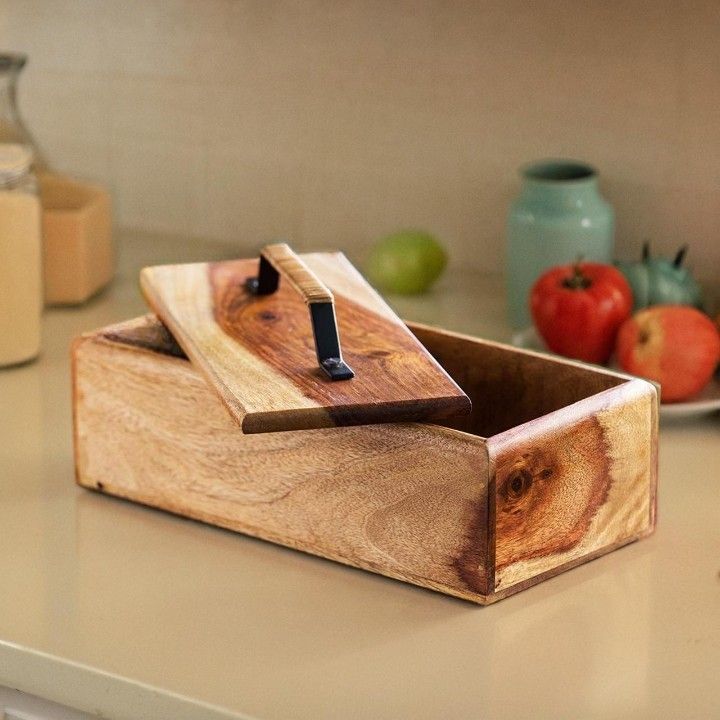

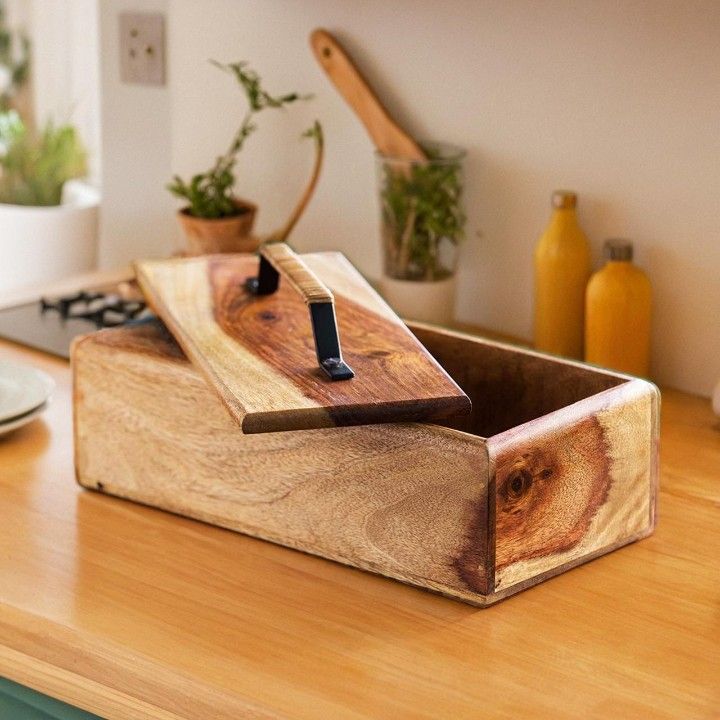
We can create realistic and attractive images of the product in various settings, which can be used in online listings, as shown in the example below.
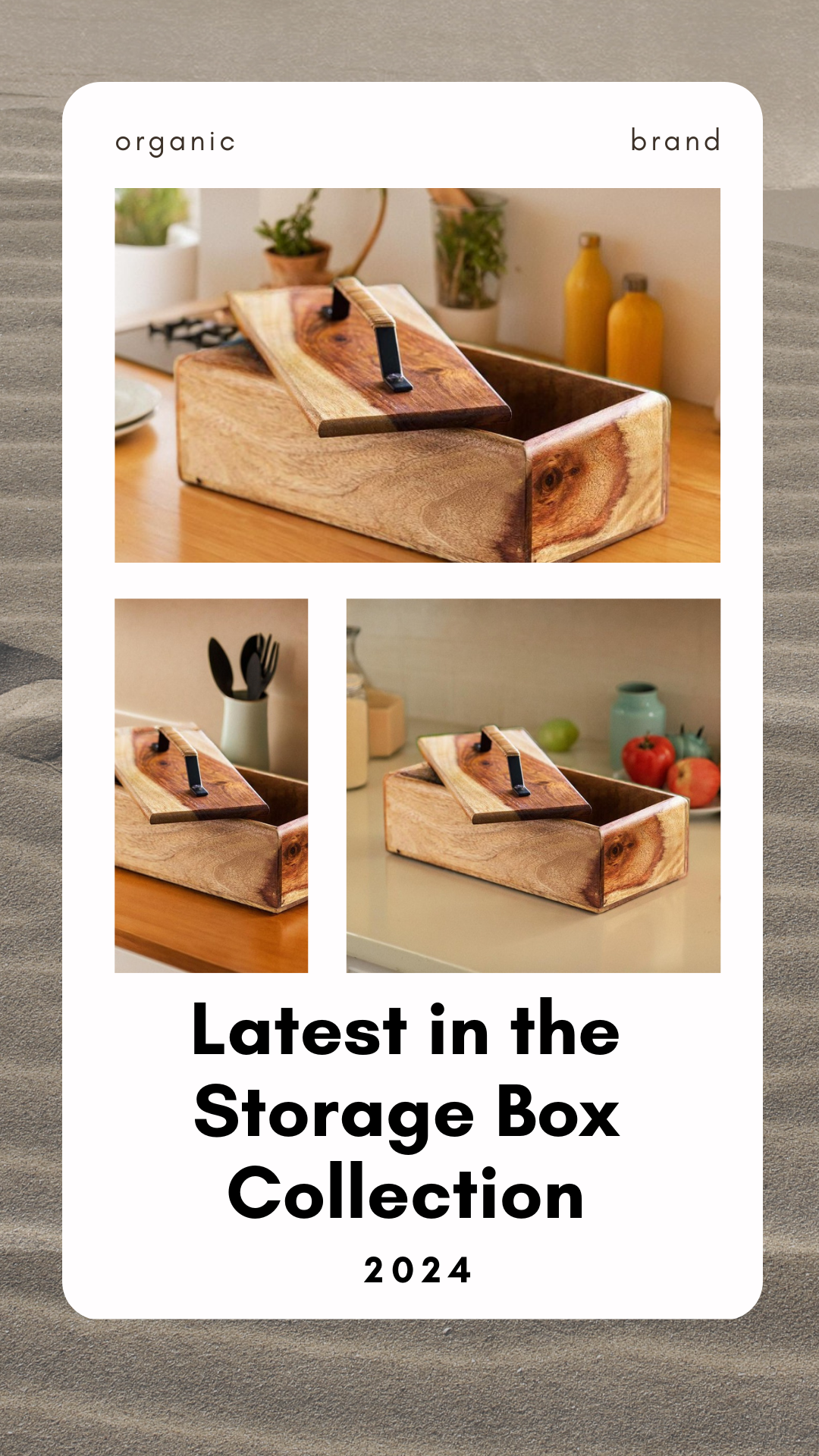
While our discussion in this blog centers around three effective use-cases of AI product photography, it's worth noting that the applications of AI product photography extend far beyond these examples.
Conclusion
The power of Generative AI in transforming product photography is undeniable. It's a game-changing tool for e-commerce, offering a blend of cost-efficiency, speed, and versatility that traditional photography struggles to match. With AI, the ability to rapidly produce a wide array of high-quality, diverse images not only saves time and money but also opens up new creative possibilities. This technology redefines how we present products, making it easier than ever for brands to showcase their offerings in the best light and truly connect with their audience.

